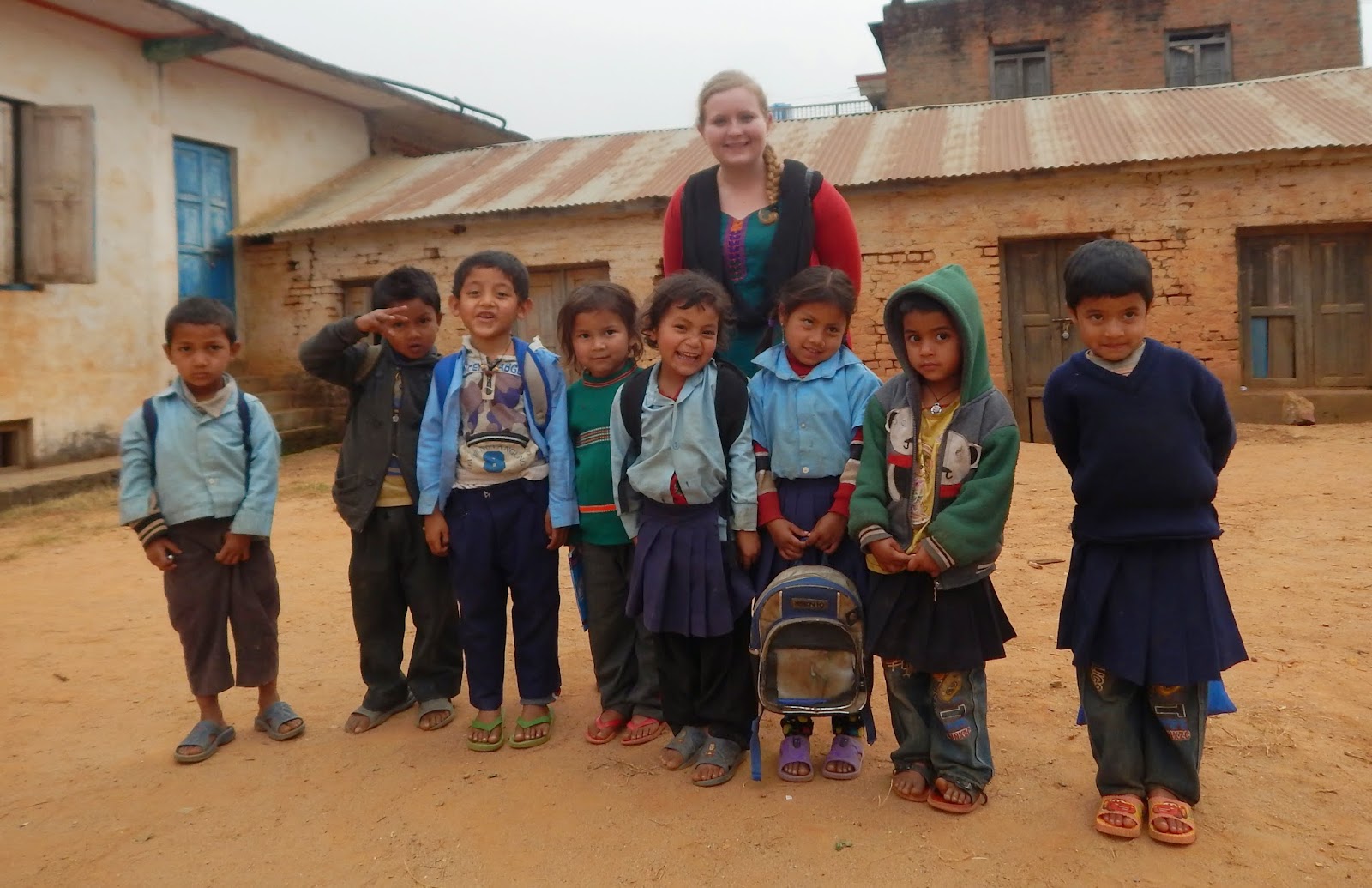As I begin to reflect upon the highlights of this incredible journey, my experiences facilitating teacher training workshops stand out as something both rewarding and memorable.
I visited several local universities and gave workshops working with college students studying to become teachers. I facilitated training workshops for the faculty of my school, I worked with three student-teaching interns who came to our school toward the end of my grant, and I traveled to the rural village of Macel with Lisa and Ellen to provide a workshop in active teaching methods.
At first, I felt a little bit overwhelmed with the idea of "training" teachers who had been teaching for more years than I have been on this planet or teaching college students when I had been one myself just a few months ago. In multiple instances, I felt like people put me and the fellow ETAs on pedagogical pedestals because we are American. Having just graduated in May, I found myself questioning: "what do I have to offer? what do I have to teach teachers?"
I thought long and hard about these questions, and through the process came to recognize the power of teacher training as a sustainable way to empower and awaken "unteachable" students. The clock was ticking, and I only had so much time left to teach in Nepal-- no matter what, my direct impact in the classroom would only equate to eight months of teaching. But, through teacher training, teachers could use, integrate, and extend activities that invited children to learn in multiple modalities through their head, heart, and hands.
Because of language barriers, I needed to learn how to concisely and clearly express what I stand for as a teacher. I came to value everything I learned in college about educational psychology and the importance of truly knowing the needs of one's students. When people asked me "what do you teach?" I began to just say "children."
I teach
children, not just English.

When I gave a workshop to future teachers about to embark on the journey of student teaching, I made each one a card with the morning verse written on it.
Learn with courage
Teach with love
Grow with knowledge
Know with truth
We discussed what this verse meant- and the importance of making content meaningful enough to be taught with love, challenging enough to require courage to learn, transformative enough to inspire growth, and relevant enough to be remembered with truth.
When Lisa, Ellen, and I traveled to the village, we addressed what happens when teachers call their students "lazy, unteachable, or stupid." We loudly declared that our students are children first and students second.
I made a poster of Maslow's Hierarchy of Needs, and facilitated an activity in which teachers discussed issues such as being a child crying from hunger, being a girl with her period in a school with no toilet, being a student who is beaten with a stick for not knowing the answer to a question in class. I asked teachers, is it true that some students are just "lazy" or is their lack of motivation a result of unfulfilled needs?
We discussed the meaning of the word "intelligence" and how we as teachers recognize talent in our students. Before explaining the significance of the poster, I asked teachers in groups to describe what it meant to them. The teachers eloquently hit the nail on the head, expressing the diversity of human intelligence and talent. We discussed the importance and power of validating our students and helping them recognize their unique compilation of intelligence by including activities in our classrooms that welcome such exploration.
I led a mini-workshop on learning styles, and teachers explored the importance of incorporating activities that meet the needs of kinasthetic, visual, and auditory learners in their lessons. They made sample lesson plans in groups organized by grade level that incorporated learning activities for each of the three learning styles.
Then, we played some really fun games together!
 |
| Lisa facilitates a game |
 |
| Lisa and I explain alphabet hopscotch |
 |
| The teachers with their teacher-training completion certificates |
To learn more about my philosophy of teaching and the activities I facilitated with my students, you may download the PowerPoint presentation that I gave at the Fulbright South-East and Central Asia ETA Conference
here.













































